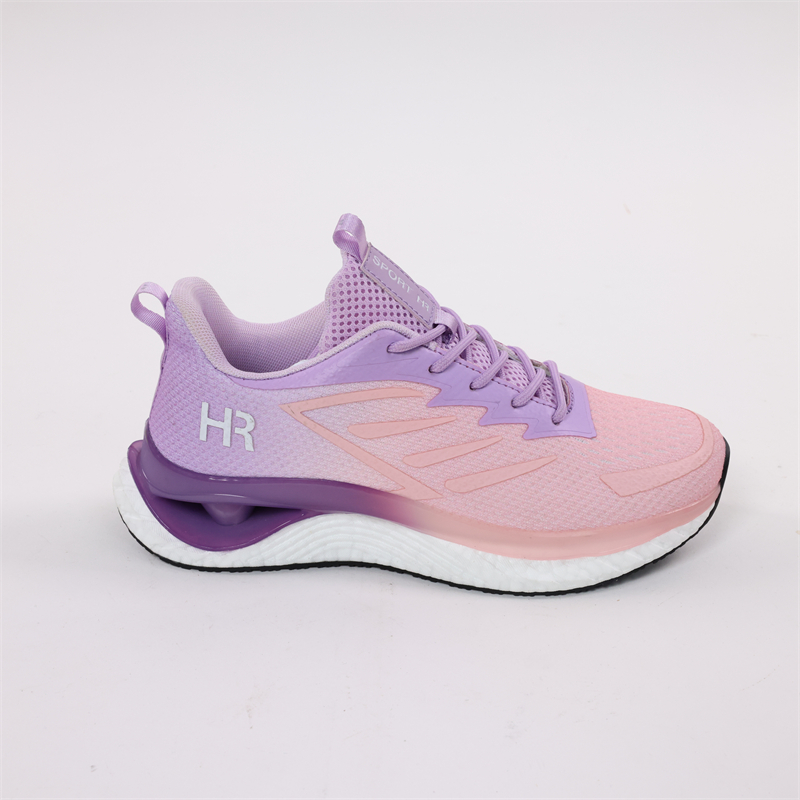The frequency of replacing sneakers can vary depending on several factors, including the quality of the shoes, how often they are worn, the type of activities they are used for, and individual wear patterns. Here are some general guidelines to consider:
Mileage: One common recommendation is to replace running or athletic shoes every 300-500 miles (480-800 kilometers) of use. This guideline is based on the assumption that the midsole, which provides cushioning and support, starts to break down after this distance. However, it’s important to note that this mileage estimate can vary depending on factors like body weight, running style, and surface type.
Wear and Tear: Inspect your sneakers regularly for signs of wear and tear. Look for visible damage, such as sole or upper material deterioration, excessive creasing, or worn-out treads. If you notice significant wear or damage, it may be time to replace them.
Comfort and Support: Pay attention to how your sneakers feel on your feet. If you start to experience discomfort, lack of support, or noticeable changes in cushioning, it could be a sign that the shoes have worn out and need to be replaced.
Activity Type: Different activities can put varying levels of stress on your sneakers. If you engage in high-impact activities like running or intense sports, you may need to replace your shoes more frequently compared to casual walking or everyday use.
Time: Even if your sneakers appear to be in good condition, it’s generally recommended to replace them every 6-12 months if they are regularly used. Over time, the materials can degrade and lose their original performance characteristics, even if they haven’t been used extensively.
Ultimately, it’s essential to listen to your body and pay attention to any signs of discomfort or reduced performance. If you notice any issues or if your sneakers no longer provide the necessary support and cushioning, it’s probably time to invest in a new pair.


